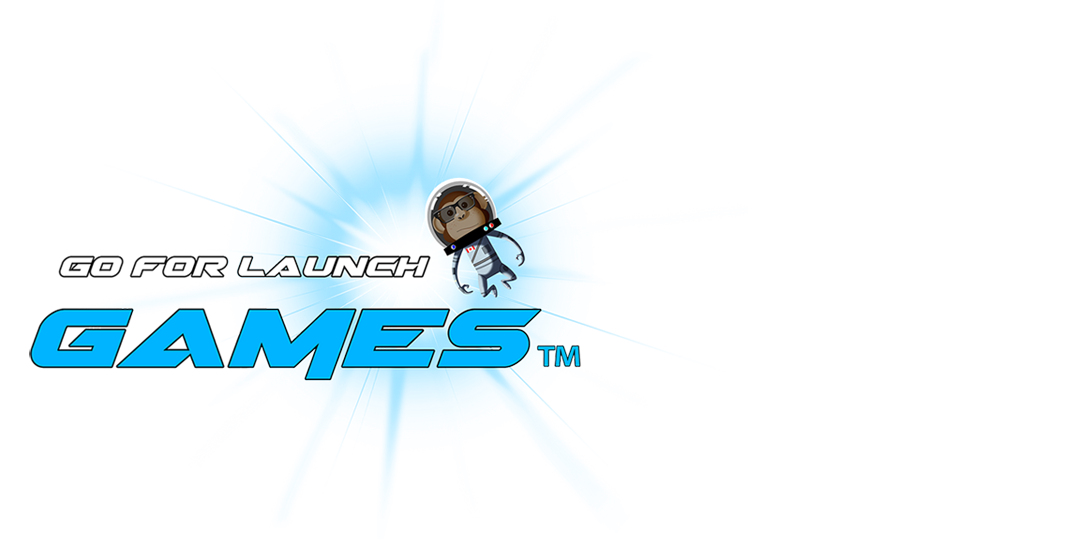 The asteroid belt, also known as the main belt, lies in the region of space between Mars and Jupiter.
The asteroid belt, also known as the main belt, lies in the region of space between Mars and Jupiter. This rocky debris orbits our Sun in a massive bagel shaped ring.
This rocky debris orbits our Sun in a massive bagel shaped ring. Asteroids are mainly composed of metals and rocky material.
Asteroids are mainly composed of metals and rocky material.  Asteroids are grouped into 3 broad classes, C-type, M-type and S-type asteroids.
Asteroids are grouped into 3 broad classes, C-type, M-type and S-type asteroids. C-type asteroids, mostly made of carbon, are the most common type of asteroid and are among the most ancient objects in the Solar System.
C-type asteroids, mostly made of carbon, are the most common type of asteroid and are among the most ancient objects in the Solar System. Roughly 35% of the asteroids in the main belt travel in asteroid families.
Roughly 35% of the asteroids in the main belt travel in asteroid families. Asteroid families are thought to form when two asteroids collide. The resulting debris field remains loosely connected and travels within the main belt as a group.
Asteroid families are thought to form when two asteroids collide. The resulting debris field remains loosely connected and travels within the main belt as a group. Ceres is the largest of the asteroids in the main belt and was the first to be discovered in 1801.
Ceres is the largest of the asteroids in the main belt and was the first to be discovered in 1801. When first discovered, Ceres was classified as a planet. As technology improved and other objects were discovered nearby, its classification changed.
When first discovered, Ceres was classified as a planet. As technology improved and other objects were discovered nearby, its classification changed.  Ceres is now considered a dwarf planet and is officially referred to as both a dwarf planet and an asteroid.
Ceres is now considered a dwarf planet and is officially referred to as both a dwarf planet and an asteroid. Ceres is the only dwarf planed in the inner Solar System.
Ceres is the only dwarf planed in the inner Solar System. In January 2014 emissions of water vapor were detected coming from Ceres.
In January 2014 emissions of water vapor were detected coming from Ceres. Ceres is the most massive object in the Asteroid Belt. It makes up nearly 33% of the mass of all of the debris in the asteroid belt.
Ceres is the most massive object in the Asteroid Belt. It makes up nearly 33% of the mass of all of the debris in the asteroid belt. The asteroids in the main belt range in size from the size of Ceres to small dust particles.
The asteroids in the main belt range in size from the size of Ceres to small dust particles.  If all of the matter in the asteroid belt were gathered together into a ball, the resulting planet like object would be much smaller than our Moon.
If all of the matter in the asteroid belt were gathered together into a ball, the resulting planet like object would be much smaller than our Moon. In 1993 the spacecraft Galileo established that Ida, one of the larger asteroids in the main belt, has its own little moon, orbiting around it. This was the first time a non-planet was discovered to have a moon.
In 1993 the spacecraft Galileo established that Ida, one of the larger asteroids in the main belt, has its own little moon, orbiting around it. This was the first time a non-planet was discovered to have a moon. Since 1993 more than 150 asteroids have been discovered to have their own moons; some even have two.
Since 1993 more than 150 asteroids have been discovered to have their own moons; some even have two.  It is believed that a large asteroid collided with Earth 65 million years ago, causing the extinction of the dinosaurs.
It is believed that a large asteroid collided with Earth 65 million years ago, causing the extinction of the dinosaurs. The first space craft to pass through the asteroid belt was Pioneer 10, in 1972.
The first space craft to pass through the asteroid belt was Pioneer 10, in 1972. Several commercial companies are already exploring the possibilities of mining the rich mineral resources in the asteroid belt.
Several commercial companies are already exploring the possibilities of mining the rich mineral resources in the asteroid belt.








